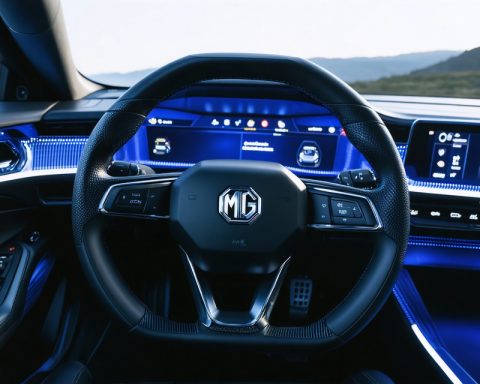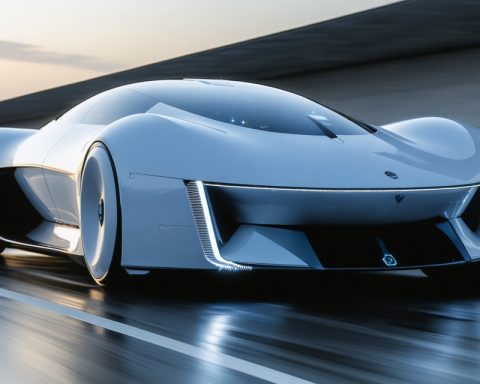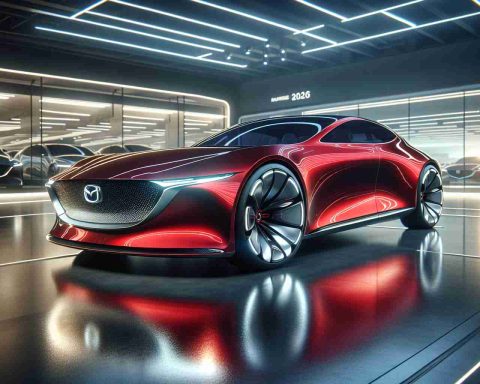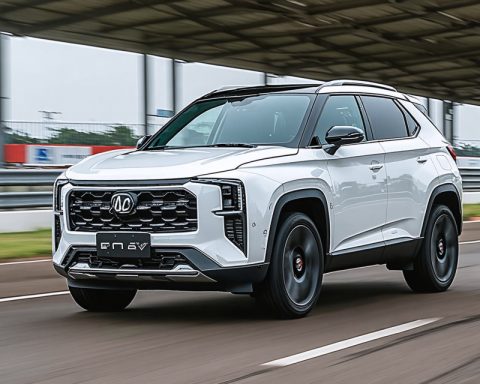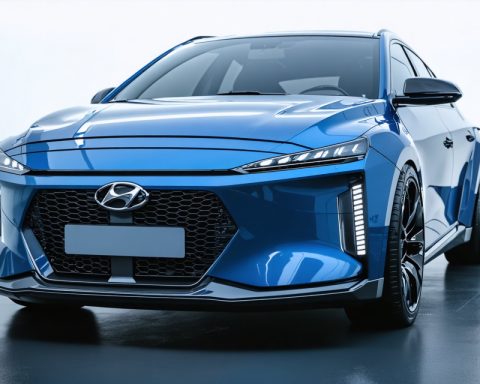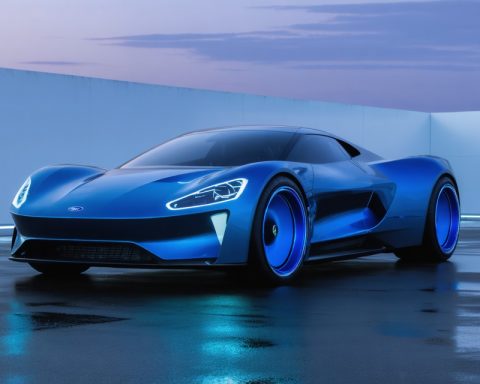- Kia Australia ends the production of the Niro EV, a pioneer in their electric vehicle lineup, due to internal competition.
- The introduction of the Kia EV3, priced at $47,600, signals a strategic shift towards more affordable electric vehicles.
- The EV5’s entry, with similar or improved performance, highlights Kia’s commitment to making electric vehicles more accessible.
- The Niro Hybrid remains in production, catering to a niche market and indicating ongoing support for hybrid technology.
- Kia’s strategy emphasizes affordability and innovation in electric mobility, paving the way for broader consumer adoption.
- The evolution of Kia’s vehicle lineup underscores a transformative phase towards sustainability and accessibility in the automotive market.
The automotive landscape can be unforgiving, even for intrepid pioneers. Among the latest casualties is the Kia Niro EV, marking the end of a chapter for Kia Australia’s maiden electric vehicle. The termination of this once-touted pioneer wasn’t due to a fleeting trend or a faltering commitment to sustainability. Instead, its demise was orchestrated by an unexpected adversary—Kia’s own cutting-edge, yet affordably priced innovations.
This shifting tide is heralded by the arrival of the Kia EV3, a newcomer that doesn’t just dabble in electrification but redefines the economic appeal of electric vehicles. With a starting price of $47,600, the EV3 enters the market with bold ambition and a promise of high-tech simplicity. Its presence, juxtaposed with the Niro EV’s comparatively hefty tag of $66,590, sets the stage for a significant generational shift in Kia’s electric strategy.
Despite the Niro’s commendable efforts to electrify Australian roads from May 2021, it couldn’t escape the relentless march of progress. Kia’s latest offerings, which include the larger EV5, not only promise similar, if not better, performance but do so with a focus on bringing electric dreams to the mainstream wallet. The EV5’s entrance further complicates the legacy of the Niro, pushing the dream of accessible electric driving further across Australian landscapes.
While the Niro EV prepares for its illustrious exit, the Niro Hybrid stands resilient, a testament to Kia’s intelligent adaptability. The brand’s ongoing hybrid contribution meets a persistent demand within a niche, smaller SUV market, significantly as precursor discussions hint at the next-gen hybrid Seltos set to enrich showrooms by 2027.
The evolution of vehicles like the EV3 and EV5 signifies more than just competition—it’s an uprising in affordability and accessibility. Kia’s strategy isn’t merely a departure from tradition; it’s a profound nod to the future of sustainability, where electric mobility surges ahead not as a luxury but as a norm.
Yet, as the gates of progress swing open, Kia embraces a future defined by nimble adaptability and responsive innovation. The exit of models like the Niro EV paves a clearer path not just for electric vehicles, but for consumer awareness and adaptability. As the landscape for hybrid and electric vehicles flourishes, the real victory lies in broadening choices for drivers eager to embrace a sustainable future.
Ultimately, Kia’s journey exemplifies a transformative narrative where the barriers of price and practicality are steadily dismantled, ushering in an era where electrification is for everyone.
Breaking Down the Transition: What’s Next for Kia’s Electric Lineup?
Introduction
The discontinuation of the Kia Niro EV in Australia marks a pivotal transition in the automotive industry, catalyzed by Kia’s introduction of newer, more affordable models like the EV3 and EV5. This shift reflects broader trends and strategies that the brand is embracing to redefine its market position. Understanding this evolution provides insight into the future of electric vehicles, offering a glimpse into how car manufacturers are responding to shifting consumer demands and technological advancements.
1. Unpacking Kia’s Strategy: Cost and Innovation
Kia has chosen a strategic pivot, focusing on making electric vehicles (EVs) more affordable and feature-rich. The Kia EV3 starts at $47,600, significantly undercutting the Niro EV’s price of $66,590. This price reduction while maintaining advanced features shows Kia’s dedication to pioneering affordable EV technology, making electric mobility more accessible to the average consumer.
2. The Impact of the Kia EV5
The introduction of the Kia EV5, along with the EV3, aims to make sustainable driving a practical choice for families. Its larger size compared to the EV3 doesn’t compromise affordability, bolstering the appeal for consumers looking for spacious yet cost-effective options in EVs. Compared to competitors in the electric SUV market, the EV5 offers a viable alternative by providing practicality without the premium pricing.
3. The Resiliency of Hybrid Options
While the Niro EV retires, the Niro Hybrid continues to thrive, reflecting the sustained demand for hybrids, especially in the small SUV segment. This hybrid model serves consumers who aren’t ready to go fully electric but are aware of the benefits of increased fuel efficiency and reduced emissions. Anticipation around the next-gen hybrid Seltos by 2027 also suggests that Kia remains deeply invested in hybrid technology as a transitionary solution.
4. Industry Trends: The Future of Electric Vehicles
The emergence of models like the EV3 not only sets the tone for Kia’s future offerings but also aligns with a broader industry trend where affordability meets performance. According to studies, the global electric vehicle market is projected to grow at a compound annual growth rate (CAGR) of 21.1% from 2020 to 2030. This surge is supported by increasing governmental policy support and technological advancements.
5. Controversies and Limitations
Despite progress, the transition isn’t without its challenges. The shift from Niro EV to models like the EV3 and EV5 highlights issues of infrastructure, such as charging station availability and speed, which remain critical hurdles for widespread EV adoption. Further, market reception of new models must grapple with consumer attachment to older models, due to either brand loyalty or resistance to change.
6. Practical Tips for Prospective Buyers
– Negotiating Price: Check for government incentives or subsidies on electric vehicles to reduce upfront costs further.
– Assessing Needs: Consider your daily commuting distance and charging capabilities at home or work to choose between hybrid and full EV options.
– Test Drives: Always take a test drive to feel the difference in technology and handling between older models like the Niro and new entries like the EV3 and EV5.
Conclusion
The retirement of the Niro EV is not merely an end but a strategic move towards more inclusive electric vehicle options. By focusing on affordability and technological advancements, Kia is democratizing sustainable transportation. As consumers, staying informed and adaptable is crucial to taking full advantage of the evolving landscape of electric vehicles.
For more information on Kia and their latest electric vehicle offerings, visit Kia’s official website.

